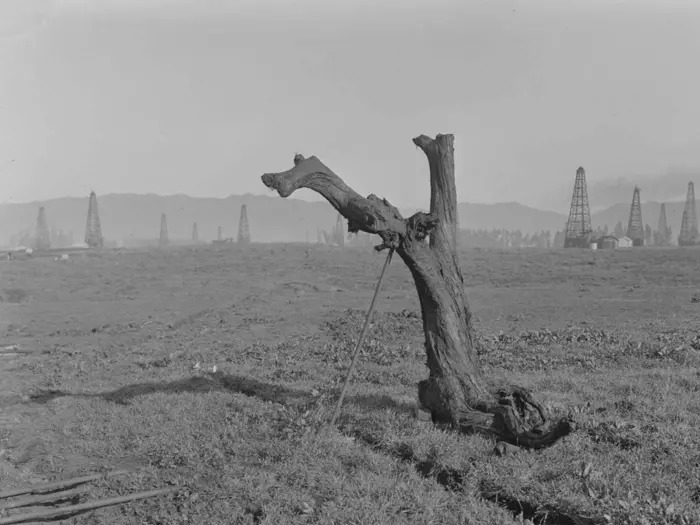New Algorithms Boost Neutrino Hunt for Cosmic Ray Origins
- Ritambhara K

- Aug 24
- 3 min read

For more than a century, scientists have been puzzled by cosmic rays—high-energy particles constantly bombarding Earth from outer space. Their sources, however, remain largely unknown. Now, with the help of neutrinos—elusive particles that can travel vast cosmic distances without significant interaction—researchers are getting closer to solving this mystery. A major step forward comes from new algorithms developed at Ruhr University Bochum, which enhance the IceCube neutrino detector’s ability to trace potential cosmic ray origins. While the tools have boosted accuracy, they have also forced scientists to rule out some previously suspected candidates.
Since 2009, the IceCube Neutrino Observatory at the South Pole has been one of the world’s leading instruments for studying high-energy cosmic particles. Buried deep in Antarctic ice, the detector identifies faint flashes of light created when neutrinos occasionally interact with matter. By analyzing these signals, scientists attempt to reconstruct the path of the neutrinos and link them back to potential astrophysical sources such as exploding stars, black holes, or other energetic cosmic events.
The group led by Prof. Dr. Anna Franckowiak at Ruhr University Bochum has significantly improved this process. Their newly developed algorithms can determine the direction and energy of a detected neutrino within just 30 seconds. The results are immediately shared with telescopes around the world, allowing astronomers to point their instruments quickly at the same patch of sky. This speed is crucial, because some cosmic events that might emit neutrinos—such as stellar explosions or tidal disruptions—flare up only briefly before fading.
In addition to this rapid assessment, Franckowiak’s team employs a slower but more refined algorithm that improves directional precision by a factor of four to five compared to earlier techniques. This means that telescopes can focus on much smaller regions of the sky, greatly improving the chances of identifying a potential source.
READ ALSO: Turning farm waste into sustainable roads
Despite these advances, the search has not yet yielded a confirmed match between neutrinos and their cosmic origins. A promising line of investigation once focused on so-called tidal disruption events (TDEs)—dramatic cosmic phenomena that occur when a star ventures too close to a dormant black hole and is torn apart by its immense gravity. Over the past several years, IceCube had detected three neutrino events that initially appeared to coincide with known TDEs. These findings raised hopes that TDEs could be one of the long-sought sources of cosmic rays.
However, when Franckowiak’s team revisited the data with their improved algorithms, the results were less encouraging. The reconstructed neutrino paths no longer aligned with the positions of the tidal disruption events. “After refining our directional reconstruction, we realized the trajectories didn’t match where the tidal catastrophes occurred,” explains Franckowiak. This forced researchers to discard TDEs, at least for now, as confirmed neutrino sources.
The disappointment illustrates both the challenge and the progress of this field. Cosmic rays arrive at Earth in the form of many different particles—protons, electrons, and neutrinos among them. Unlike charged particles, neutrinos travel in straight lines from their sources, unaffected by magnetic fields, making them invaluable messengers. But because they interact so rarely with matter, detecting them and linking them to a source is extraordinarily difficult.
Still, the enhanced algorithms mark a leap forward. By enabling real-time global alerts and sharper reconstructions, they allow scientists to pursue fleeting signals with unprecedented precision. While some candidate sources have been ruled out, the process of elimination is itself valuable, narrowing the field and guiding astronomers toward more promising targets.
Franckowiak and her colleagues remain optimistic. “This installation represents an important step in multi-messenger astronomy,” she says, highlighting the collaboration between neutrino detectors like IceCube and observatories across the electromagnetic spectrum. Each refinement brings the scientific community closer to solving the puzzle of cosmic rays, one of astrophysics’ oldest mysteries.
With further improvements in both detection and analysis, and with new generations of telescopes joining the hunt, researchers hope that the next breakthrough will finally reveal the long-sought sources of the particles that have traveled across the universe to reach Earth.


Comments